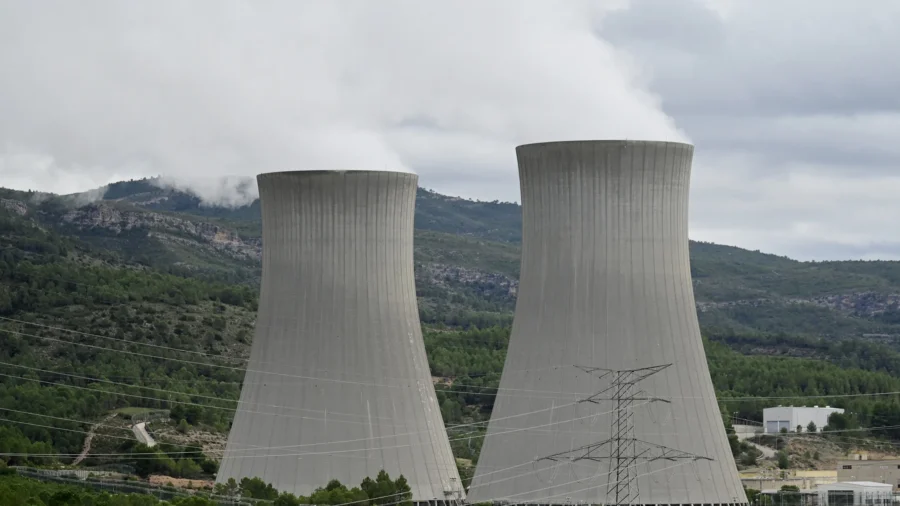Texas has the potential to be a national and even world leader in the use of advanced nuclear energy, according to a report published on Monday.
The Public Utility Commission of Texas (PUCT) released a 78-page report outlining pathways for using advanced nuclear energy in the Lone Star state.
Last year, Gov. Greg Abbott directed PUCT to form a working group to study the state’s use of advanced nuclear reactors.
“Texas is the energy capital of the world,” Abbott wrote in a statement on X on Monday.
“We’re ready to be #1 in advanced nuclear power. Today, we released our plan to build that industry in Texas. By utilizing advanced nuclear energy, we’ll enhance the reliability of our state grid & provide affordable, dispatchable power.”
The report was compiled through the work of more than 100 experts and stakeholders. The working group studied how to make the state a national leader in the nuclear power industry and how to provide safe and affordable power for the state.
Why Texas?
According to the report, Texas has all the resources it needs to become a leader in the industry and is already positioned to expand the nuclear power industry.
Currently, Texas is home to two nuclear power plants—the South Texas Nuclear Project and the Comanche Peak Nuclear Plant.
The report said a project to develop the state’s first advanced molten-salt reactor is also underway.
Benefits and Challenges
The report said expanding the nuclear power industry in Texas would create jobs. According to the Bureau of Business Research (BBR), a moderate deployment of small modular reactors by 2055 would create 148,000 jobs, $50 billion in new economic output, and $27 billion in income for Texas workers.
Nuclear power is also more reliable than coal, wind, and solar, according to the authors.
Additionally, establishing Texas as a major advanced nuclear reactor (ANR) supplier would offer the nation’s allies an alternative to Russian and Chinese nuclear reactor technology.
Experts also studied challenges associated with expanding the nuclear industry in the state, such as regulatory barriers. There is also a skilled labor shortage, which the authors call a “high-risk endeavor” for investors.
What’s Next?
The report authors issued several legislative recommendations for the governor, including establishing a non-regulatory entity to coordinate the state’s nuclear vision and appointing a “nuclear permitting officer” to oversee the plans.
Experts also suggested creating a workforce development program for community colleges and universities “to support a homegrown workforce.”
Prominent businessman Elon Musk, President-elect Donald Trump’s pick to lead the new Department of Government Efficiency, supported expanding the nuclear power industry in Texas.
“Cool,” Musk wrote in response to Abbott’s nuclear announcement.
One of Musk’s companies, SpaceX, currently has four active launch sites, one in the Lone Star State. His EV car company, Tesla, also has a factory in Austin.
Trump recently appointed Chris Wright, founder and CEO of Liberty Energy, as his Secretary of Energy in his new administration.
“I am all in on energy from my start in nuclear, solar, and geothermal to my current efforts in oil and gas and next generation geothermal,” Wright wrote on LinkedIn. “I don’t care where energy comes, as long as it is secure, reliable, affordable and betters human lives.”

